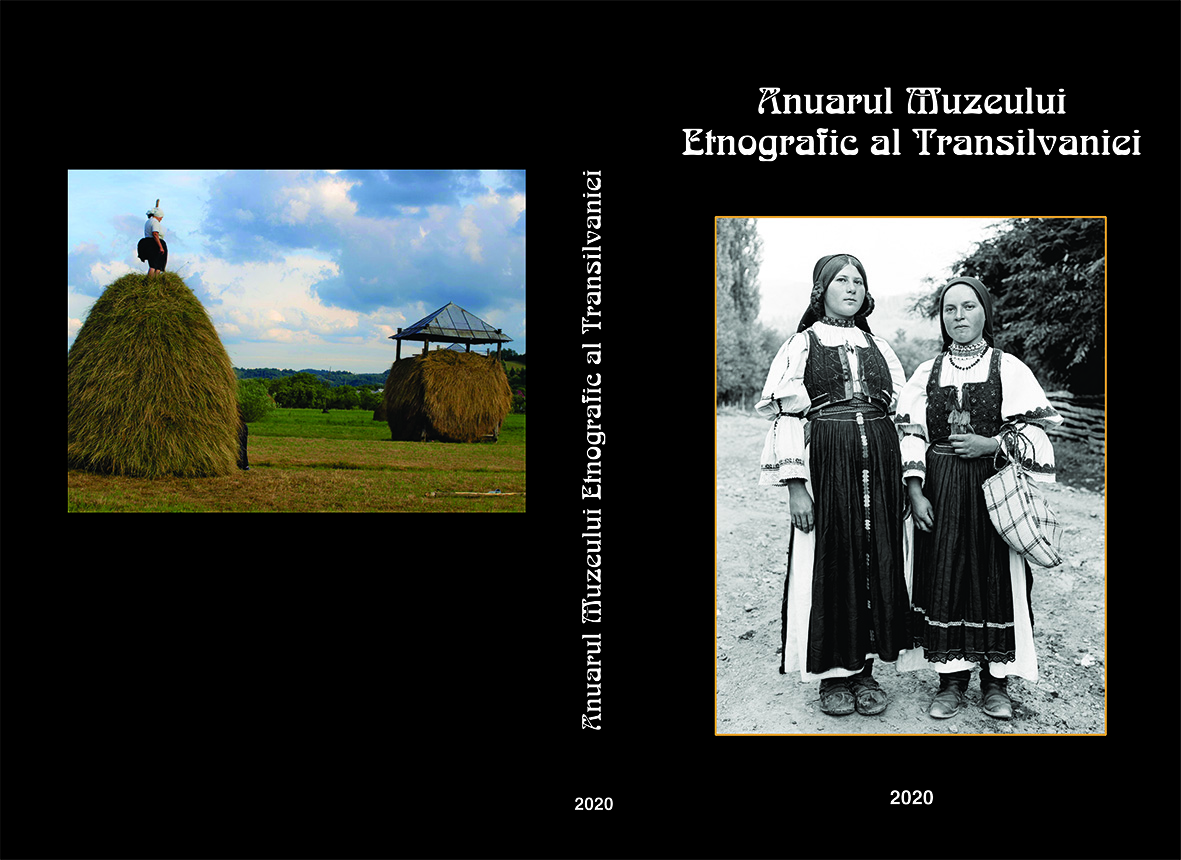FAMILIA ȘORBAN/ȘERBAN, ÎN SECOLELE XIV–XVII.
SCHIȚĂ GENEALOGICĂ
Sorban/Serban Family in the 14th-17th centuries.
Genealogical sketch
Author(s): Bogdan Stanciu-GorunSubject(s): Anthropology, Social Sciences
Published by: MUZEUL ETNOGRAFIC AL TRANSILVANIEI
Keywords: Romanian-nobility; genealogy; Sorban; Serban: Locovoy
Summary/Abstract: This article aims to reconstruct the historical route of a lower nobility family, from the first appearance in history to the beginning of the modern era. It is the Sorban/Serban family, with two branches, in the north-western part of Transylvania (in the broader sense), respectively in the south-west part of it, having a common root, in the world of the Maramures knezes, continued by a common strain, among the petty nobility of Chioar. the objective is to contribute to a better knowledge of the lower nobility in the western provinces of present-day Romania, on the background that the nobility of these parts is not yet sufficiently represented in the Romanian historiography. The oldest members of the family can be identified in the first half of the 14thcentury, as knezes Stan Albu and Locovoy of Cosau. At the beginning of the next century, the knezial family individualized in several branches, including the Sorba of Calinesti. In the 16th century, a member of this family crossed into Chioar District, and his three sons received a diploma of ennoblement in 1609,for services to Prince Gabriel Báthory. During the 17th century, the Sorba(n) family appears in several conscriptions of the Chioar, divided into two branches. At the beginning of the 18th century, a Sorban emigrated to the Mures Plain, near Arad. "ere will emerge a strong branch of the family, which changes its name to Serban and sticks to the Greek Orthodox Church, while the other one keeps its name, but shifts to the Greek Catholic Church. Both branches contribute in the 19th and 20th centuries to the intellectual and political elite of Romanians. Descendants of both branches are now well-known people in the cultural field.
Journal: Anuarul Muzeului Etnografic al Transilvaniei
- Issue Year: 2020
- Issue No: 10
- Page Range: 371-386
- Page Count: 16
- Language: Romanian
- Content File-PDF

